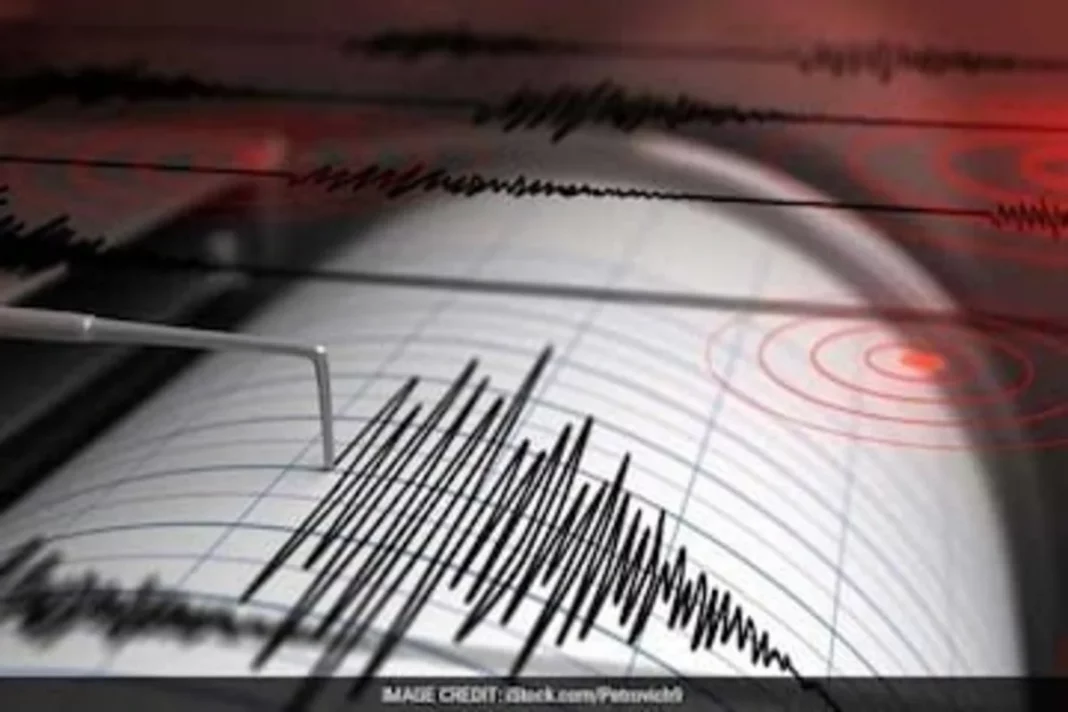Strong earthquake tremors were felt in Arunachal Pradesh on Thursday morning. The magnitude of the earthquake was 5.7 on the Richter scale. These tremors were felt in West Siang district. According to the National Center for Seismology, the epicenter of the earthquake was 52 km north-northwest (NNW) of Basar in Arunachal Pradesh. The earthquake occurred at a depth of 10 kilometers from the surface at 10:31 AM Indian time.
The main reason for the occurrence of earthquakes is the collision of plates inside the earth. There are seven plates inside the earth which are constantly rotating. When these plates collide at some place, a fault line zone is formed there and the corners of the surface are twisted. Due to the twisting of the corners of the surface, pressure builds up there and the plates start breaking. Due to the breaking of these plates, the energy inside finds a way out, due to which the earth shakes and we consider it an earthquake.
Earthquakes with a magnitude of less than 2.0 on the Richter scale are categorized as micro and these earthquakes are not felt. 8,000 earthquakes of the micro category on the Richter scale are recorded daily around the world. Similarly, earthquakes of magnitude 2.0 to 2.9 are kept in the minor category. We don’t even normally feel about 1,000 such earthquakes every day. Very light category earthquakes of magnitude 3.0 to 3.9 are recorded 49,000 times in a year. They are felt but hardly any harm is done by them.
Light category earthquakes with a magnitude of 4.0 to 4.9 are recorded on the Richter scale about 6,200 times a year around the world. These tremors are felt and can be seen moving the household items. However, they cause negligible damage.


